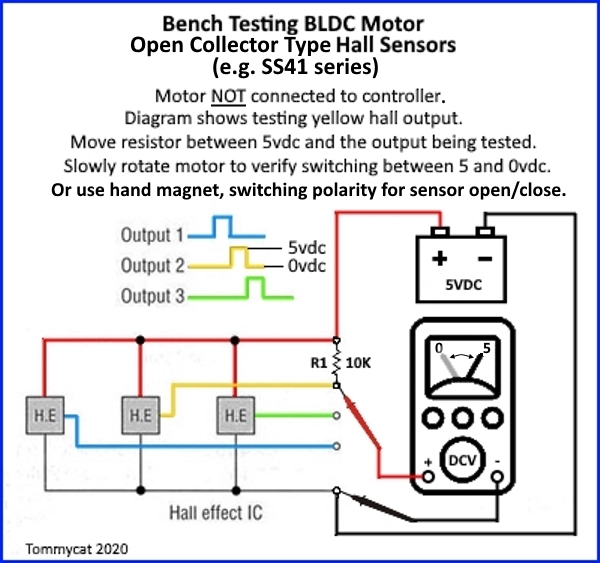goatman
10 MW
ok, that makes sense.
sidenote
I was going to use a led but a led has no real resistance, I hooked 1s2p directly to 3 leds and it was almost like a welding flash. kind of like 20 amps was being pumped into them, they didn't blow and I put a resistor inline so I could use the led normally
that's why I asked about 12v automotive not led, I didn't want to pull 10 amps through the hall sensor
sidenote
I was going to use a led but a led has no real resistance, I hooked 1s2p directly to 3 leds and it was almost like a welding flash. kind of like 20 amps was being pumped into them, they didn't blow and I put a resistor inline so I could use the led normally
that's why I asked about 12v automotive not led, I didn't want to pull 10 amps through the hall sensor



